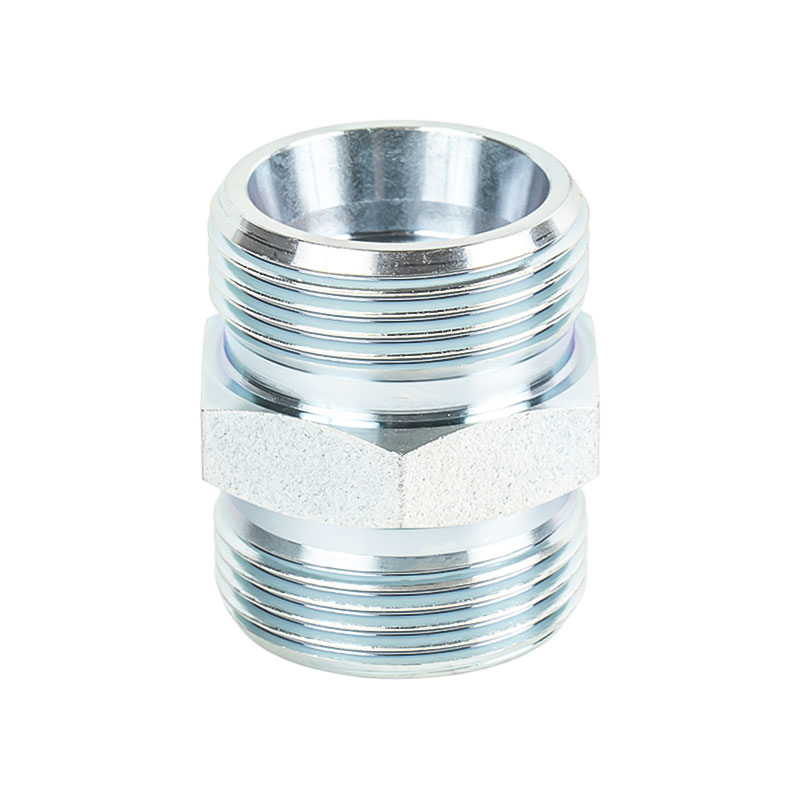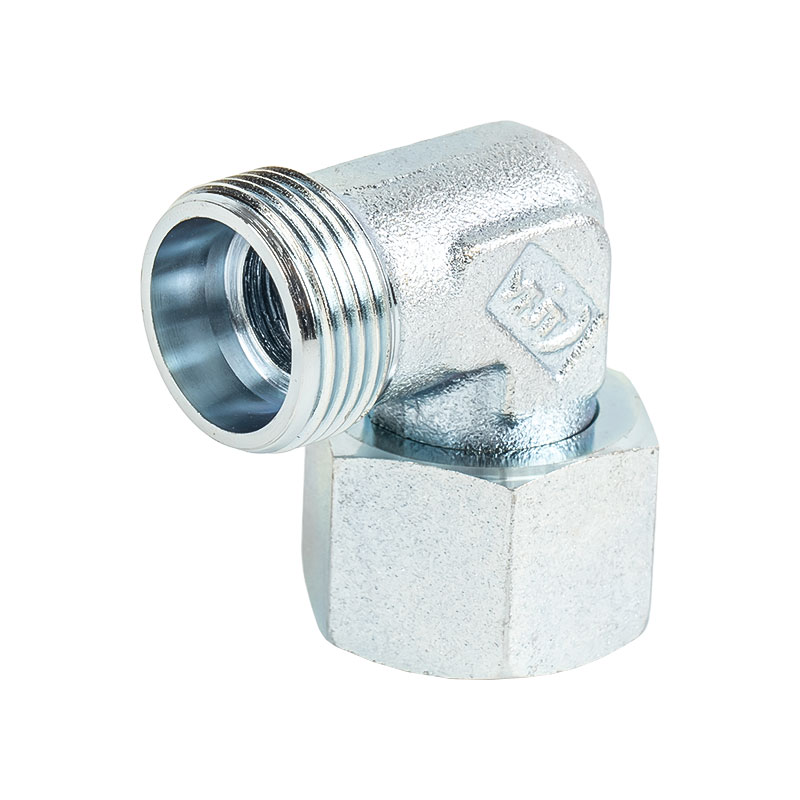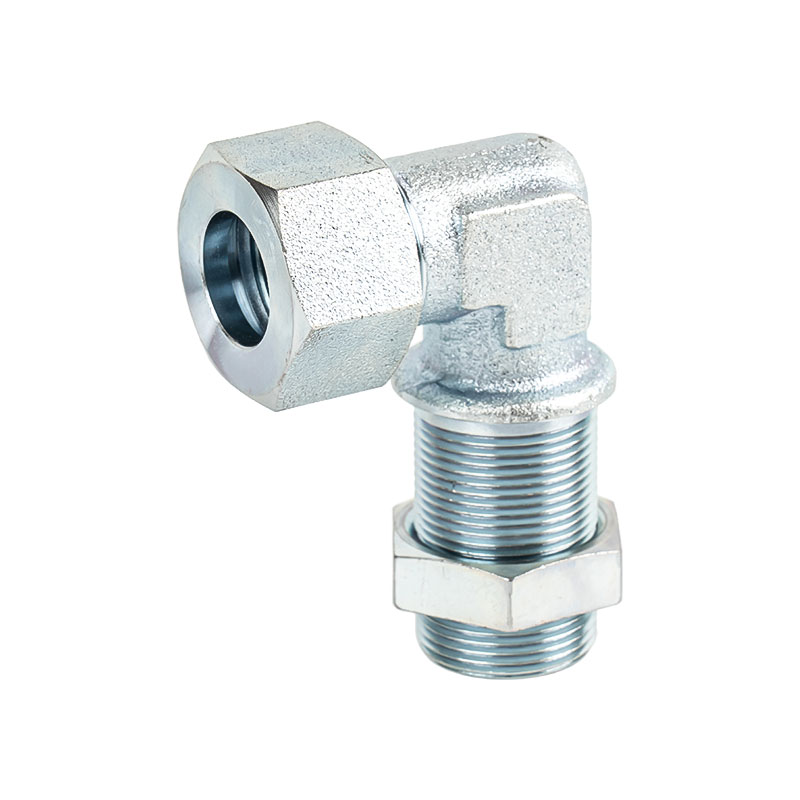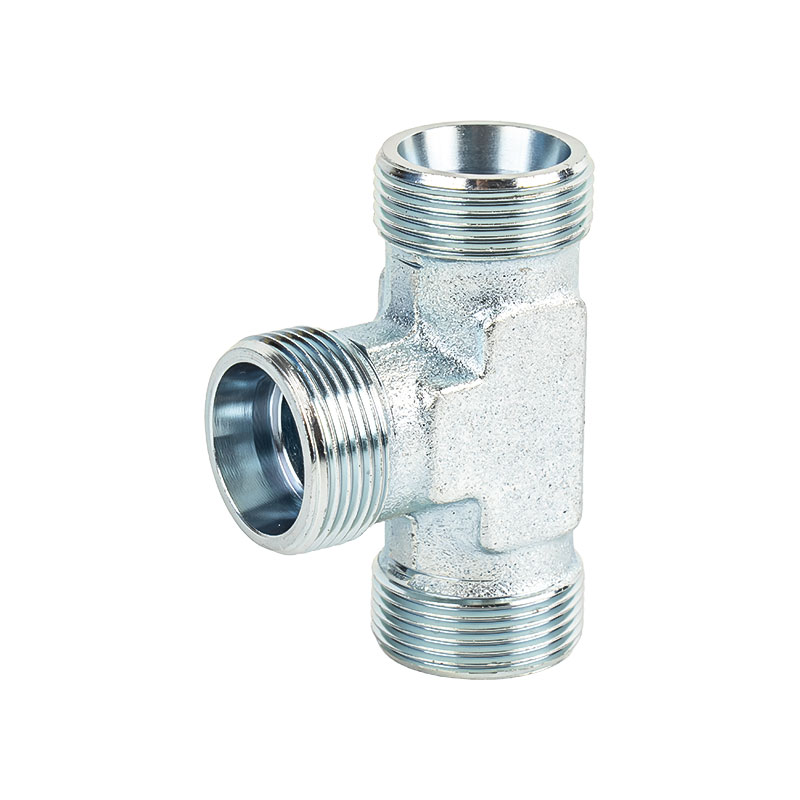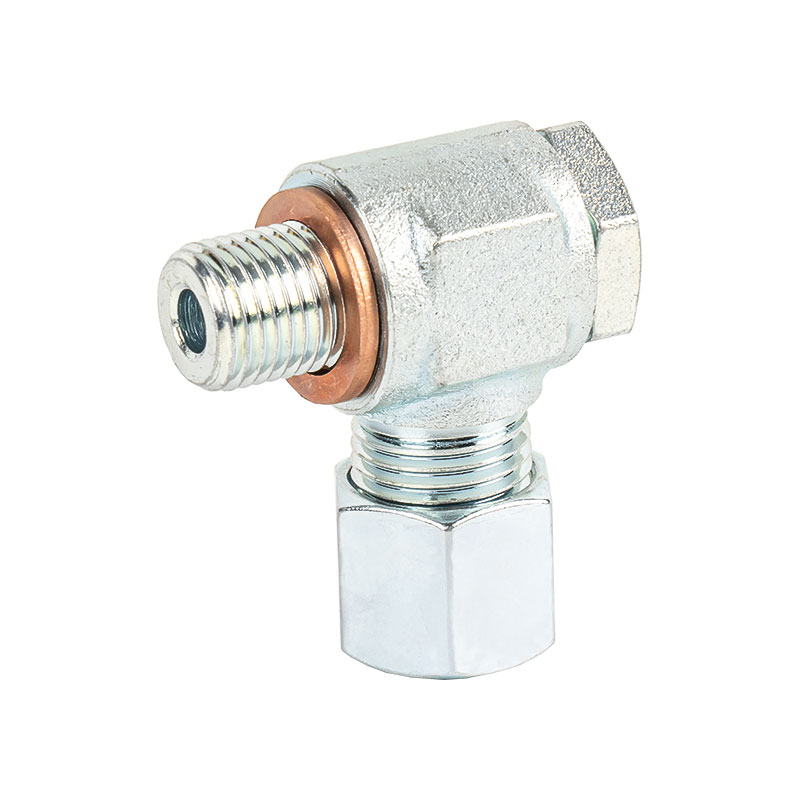In hydraulic and pneumatic systems, 90° Leak-Proof Elbow Bulkhead Fittings have gradually become key components for connecting pipes and ensuring stable operation of the system due to their good leak-proof performance. These fittings can still maintain good sealing effects under complex working conditions such as high pressure and high vibration.
1. Precision sealing structure design
The leak-proof performance of the leak-proof elbow bulkhead fitting is due to its precise sealing structure design. These fittings use multiple sealing mechanisms, such as O-rings, metal sealing surfaces, etc. These sealing elements are carefully designed and selected to maintain stable sealing effects under various working conditions. O-rings can fit tightly to the surface of pipes and fittings due to their good elasticity and corrosion resistance, effectively preventing liquid leakage, while the metal sealing surface is precisely processed and polished to ensure seamless docking with the pipe, further improving the sealing performance.
2. Selection of high-quality materials
The quality of the material directly determines the durability and leak-proof performance of the fitting. Leak-proof elbow bulkhead joints are usually made of high-strength, corrosion-resistant materials such as stainless steel and carbon steel. These materials not only have good mechanical properties and can maintain stable shape under high pressure, but also have good corrosion resistance and can resist erosion by various media. The selection of high-quality materials allows the joints to maintain stable sealing performance in harsh working environments.
3. Advanced manufacturing process
The advanced level of manufacturing technology is also an important factor affecting the leak-proof performance of the joint. In the manufacturing process of leak-proof elbow bulkhead joints, advanced processing equipment and processes, such as CNC lathes and precision grinders, are used to ensure the dimensional accuracy and surface finish of the joints. These high-precision processing equipment and processes enable the sealing surface of the joint to achieve extremely high flatness, effectively reducing the risk of leakage. Strict quality control is also carried out during the manufacturing process, such as size detection and sealing testing, to ensure that each joint meets high quality standards.
4. Scientific installation and maintenance
In addition to the design, materials and processes of the joint itself, scientific installation and maintenance are also the key to ensuring its leak-proof performance. During the installation process, it is necessary to operate in accordance with the specifications to ensure a tight connection between the joint and the pipe. During use, the sealing performance of the joint should be checked regularly, and aging or damaged sealing elements should be replaced in time to maintain the joint in a good sealing state.

 中文简体
中文简体